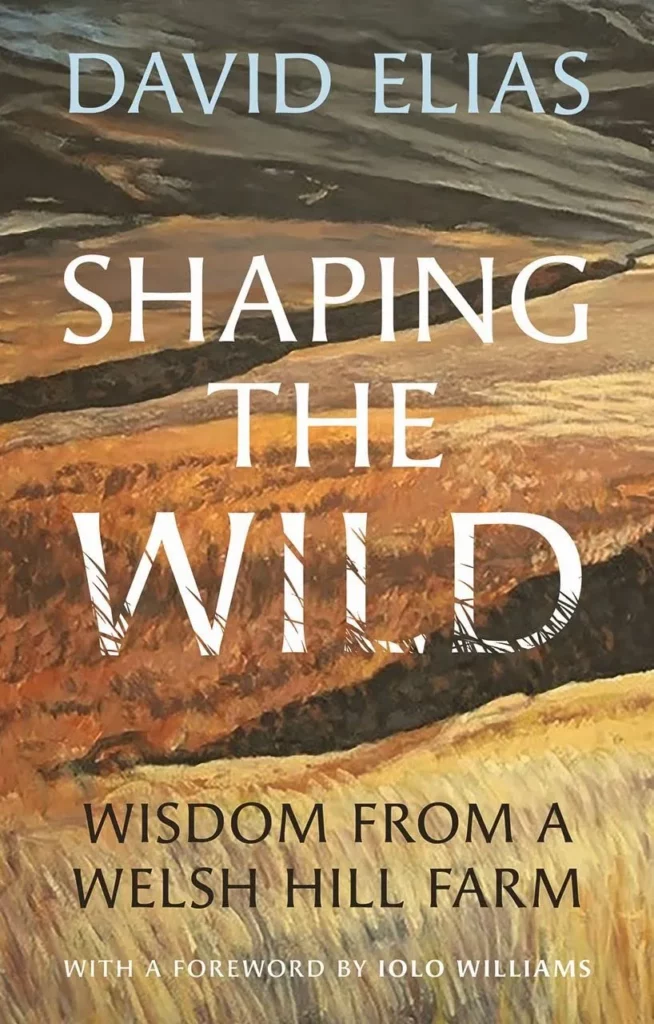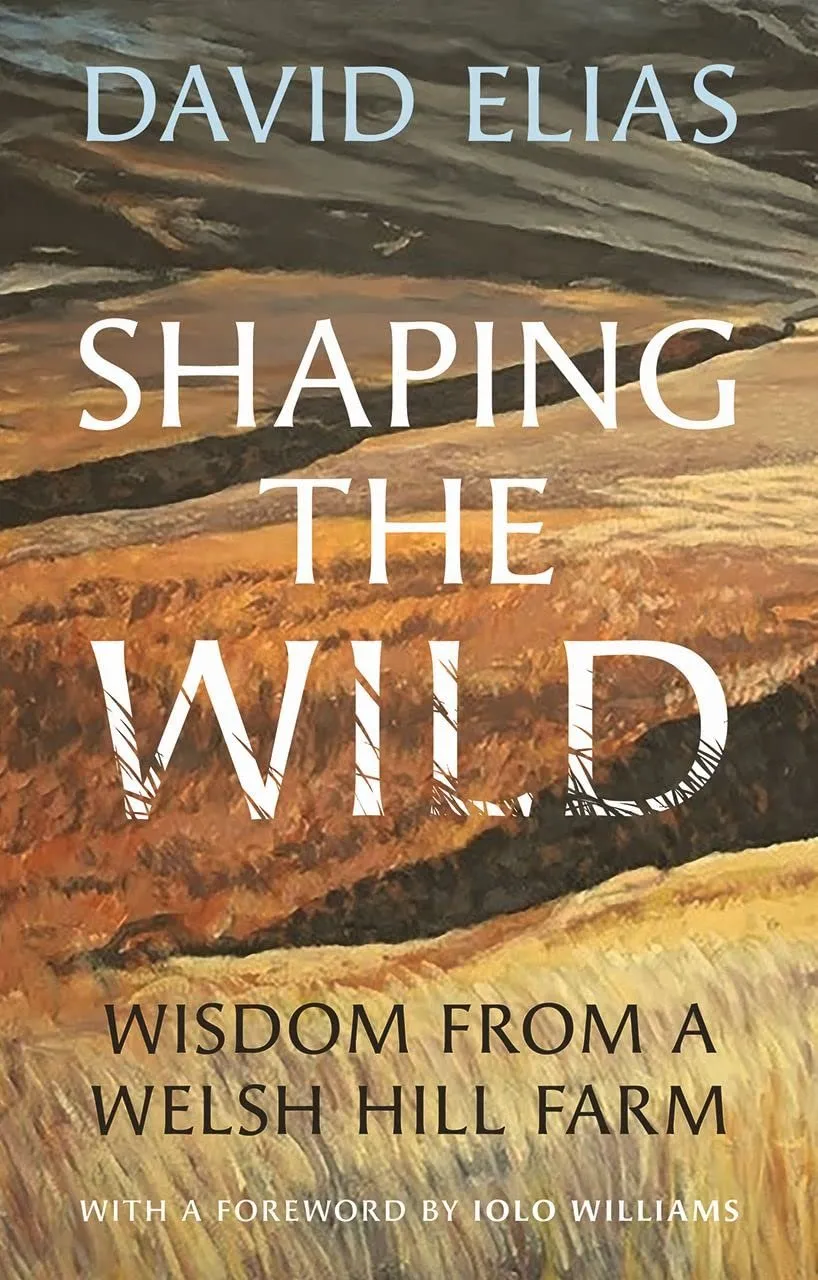Forty years ago, David Elias arrived in the Berwyn Mountains as warden for the Nature Conservancy Council, at a time of conflict between farming and forestry on the one hand and conservation on the other. His careful attention to the human environment and corresponding knowledge of its wildlife helped to resolve those conflicts. I am not surprised to find that his first book is filled with his desire to bring human community and natural environment together to the benefit of both. He does this by walking us through a single upland farm which he knows intimately, describing its history, people and nature. Farming and nature are the brutal and the beautiful. He is moved by the beauty, but at pains to understand and appreciate the brutal, the other side of the coin without which this landscape would not be as it is, for better and for worse.
In the book’s opening scene a group of about fifty local people stand around a grave singing hymns. ‘We had come to bury Marged Jones of Craig-y-tan, aged 91 years’. In this way Elias introduces the reader to Craig-y-tan and its human community, to past lives rooted in this place. His elegant account of the life of the farm is written from within the landscape as he explores both farming and nature in the uplands. He approaches his subject as an outsider with half a century of working in nature conservation and who feels the pain of seeing wildlife diminish before his eyes. But he has also come to value human culture and community, ‘the Welsh way of viewing the countryside primarily through the lens of language, community and history’.
The farmer, Hywel, is interested in nature, but focused on the continuity of the family farm. Is Craig-y-tan a beacon of hope for a more ecologically sensitive world or an anachronism maintained at considerable public expense? Elias concedes that, despite its nature-friendly farming practices, he cannot give it a totally clean bill of environmental health, and this farm is exceptional. ‘Over the years I have spoken to very many different farmers few of whom knew, or frankly cared, about the wildlife on their land.’
Shaping the Wild’s subtitle, Wisdom from a Welsh Hill Farm, accurately describes this thoughtful, balanced account of the uncomfortable intersection between farming and nature, viewed through the prism of one upland farm. Craig-y-tan is a microcosm for the future of the uplands. It stands for the indivisibility of relationships between people and place. It unites the rugged, at times brutal farming life with another way to experience nature in the uplands – as paradise. It is an eloquent plea that the former should not be at the expense of the latter.

